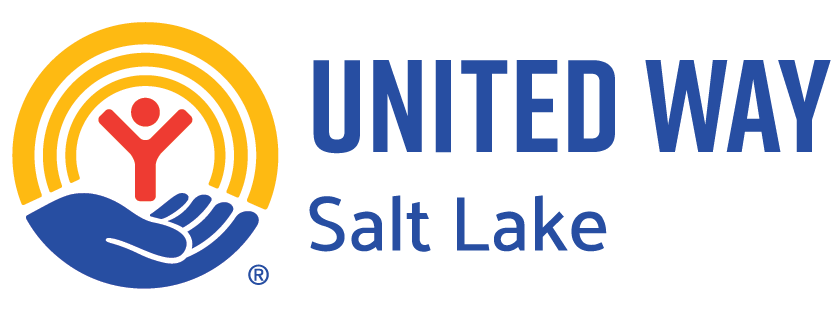 By Rick Larsen
By Rick Larsen
Chief Development Officer
Over sixteen years ago, my life and career changed when I became part of creating a new charitable organization with a vision; a plan to facilitate more intelligent charitable giving. The motivation was data available to anyone. It stated, the U.S. is the most generous nation and Utah is the most charitable state. Yet for all the giving—hundreds of billions of dollars a year for decades—we rarely solve social problems.
As my nonprofit career progressed, there was more data. I became aware of how difficult it can be to coordinate competing programs, and the peril of measuring success by only the number of people served. Those rising numbers speak of unsolved problems and create the “Results Paradox” — the reality that programs can serve ever-increasing numbers of individuals, while conditions in a community overall, become worse. The words of Warren Buffett became oppressively true: “Giving away money is easy, but doing it well is fiendishly difficult.”
After raising millions of dollars for nonprofits and the important social issues they seek to address, I faced this uncomfortable realization; addressing issues is good, but what is needed are long-term, large scale solutions. That, as it turns out, is indeed, “fiendishly difficult.”
Population-level change.
Two years ago, I learned the approach I was seeking has a name — collective impact. I also learned one of the national leaders in the rigorous practice of collective impact is in Salt Lake City. United Way of Salt Lake (UWSL) is no longer the pass-through agency it once was, but is acting in a critical backbone role, managing collective impact and through partnership, changing outcomes for entire communities of kids and families.
I joined UWSL in August of last year, and my world view has since changed. I now have the language and the architectural plan to talk about solutions as a viable outcome.
To be clear, I admire the generosity of all donors. People are kind, and our nonprofit sector has helped countless individuals. Sometimes, we change lives. That truth is paralleled by a truth described by Mark Kramer: “Despite spending vast amounts of money and helping to create the world’s largest nonprofit sector, philanthropists have fallen far short of solving America’s most pressing problems.” It is a harsh reality. Hope lies in his next statement: “What the nation needs is catalytic philanthropy—a new approach that is already being practiced by some of the most innovative donors.”
The message and the data are clear; we can do better.
But it requires an effort unlike previous efforts—it requires marshaling all of the good intentions, donor support, nonprofit experience and organization, and at the heart of it all, full communities. It requires stating a goal, charting a course, and sticking with it. It requires measuring success, learning from failure, and using data rigorously in continuous cycles to IMPROVE and set new standards of practice. This is what collective impact is. It is the common-sense solution donors are suggesting every time they make the comment, “if charities could only operate like a business.”
United Way of Salt Lake has been harnessing this new approach and I’m excited to be a part of this catalytic change.
Imagine for a moment that solving poverty became the focus of your business. What would you do? You would design an approach with an end in mind—a solution (entrepreneurs do not like small dreams). You would assess and identify obstacles, variables, and indicators. You would soon realize that short-term “fixes” don’t change anything. You would insist on solving the problem.
Dare to speak of solutions.
Collective impact recognizes social problems are complex, as are the solutions. It recognizes education — a tactic that empowers a generation — as the driving solution. As a strategy, Stanford Social Innovation Review calls collective impact, “A form of shock therapy that’s badly needed” and one that can lift an entire community. Collective impact assembles, as would you, the best and brightest and then manages the process. It attacks with efficiency and precision, demanding data to measure outcomes, and the elimination of waste and replication. It requires proficient action complemented by consistent introspection. This is what collective impact is. It is the only viable path I have seen, that dares speak of real solutions.
We know what aid and assistance look like. We know they serve basic needs, warm the heart and provide short-term comfort. We also know, need rises every day in communities across the country. Our efforts toward providing aid, won’t solve anything. It is time to move beyond a Band-Aid approach, to a mindset of cure that provides real solutions. This is the promise of collective impact.
If you have taken the time to read this article, perhaps you are a “catalytic philanthropist.” If so, this may be the year to become part of the solution to complex social problems. Click below, take the quiz and learn more about how you can best contribute.


